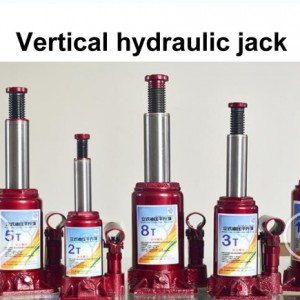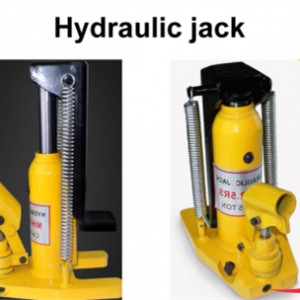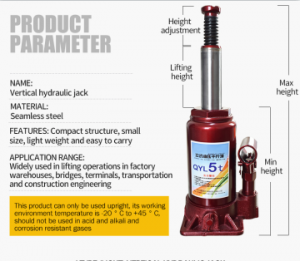First of all, let’s clarify the difference between hydraulic jacks and other types of jack. You may well have a jack in the boot of your car, but this is probably a man-powered device, designed to lift your vehicle in the event of a breakdown or emergency.
Hydraulic jacks, on the other hand, tend to be found in more industrial environments, such as garages and workshops. These heavier-duty products, while still primarily used on cars and other vehicles, have a far wider range of uses than standard mechanical jacks – for example, hydraulic jacks are sometimes used to lift building foundations during construction projects.
But how do hydraulic jacks work?
There’s a lot of complicated scientific theory behind hydraulics, but here’s a simplified explanation:
Inside the jack’s hydraulic cylinder, powered pumps apply pressure to a reservoir of oil.
Because liquids cannot be compressed, the oil is pushed through the cylinder and into a larger chamber.
Thanks to Pascal’s Law (we told you there was a lot of science behind this stuff!), the pressure in the wide chamber remains the same as it was in the narrow one. This pressure is what forces the jack – and, by extension, whatever you’re using the jack to lift – upwards.
Post time: Apr-23-2023







